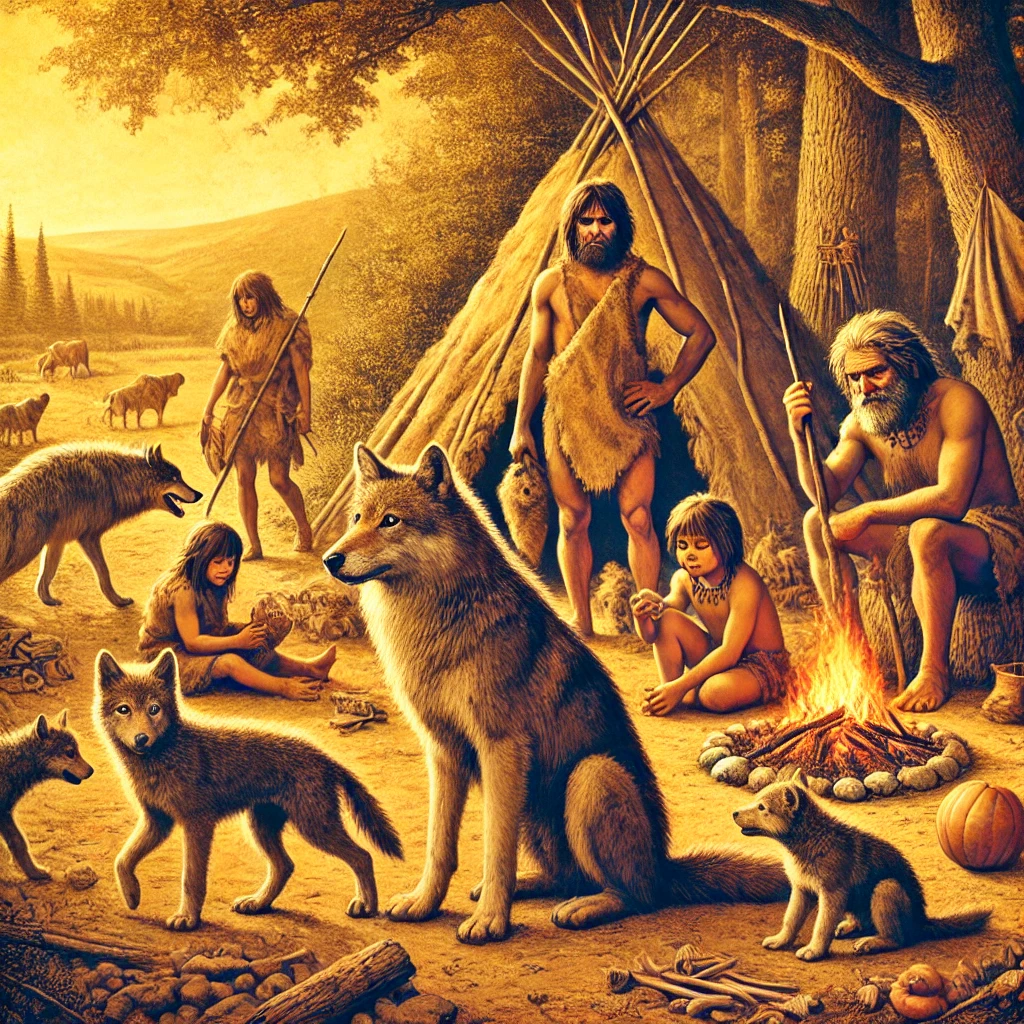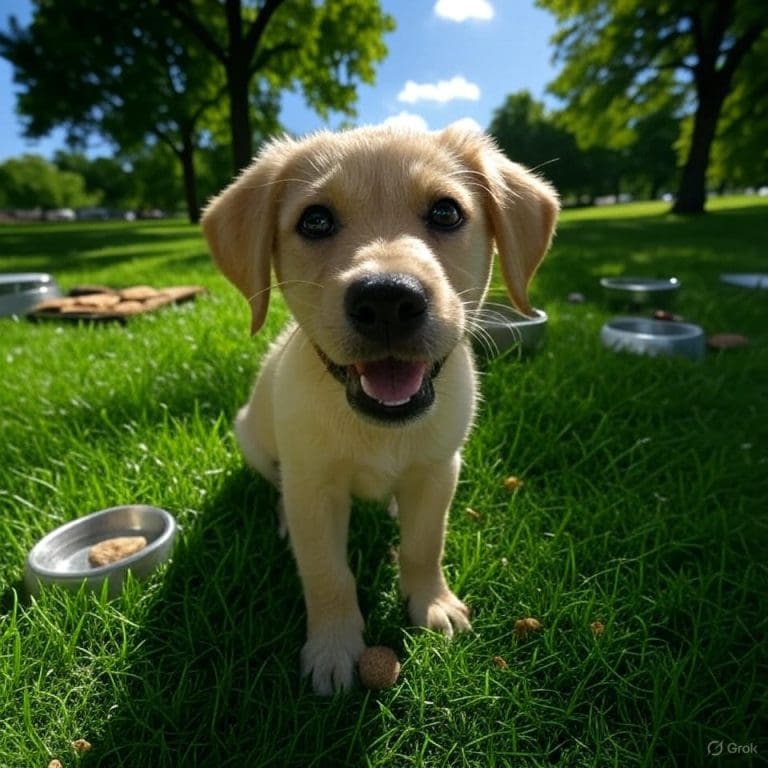The Top Five Theories of How Dogs Became Man’s Best Friend
Dogs have been called “man’s best friend” for centuries, but how did this extraordinary relationship begin? The origins of the human-canine bond remain a subject of fascination for scientists and historians alike. While the details are still debated, there are several compelling theories about how dogs transitioned from wild wolves to loyal companions. Here are the top five theories on how humans and dogs formed their unique partnership.
1. The Self-Domestication Theory
One of the most widely accepted theories is that dogs domesticated themselves. According to this idea, some wolves started scavenging near human camps for leftover food. Over time, the wolves that were less aggressive and more tolerant of humans had a survival advantage. They were less likely to be chased away or killed, and their offspring inherited their more docile traits. Eventually, these wolves evolved into a separate species—dogs—that were better suited to living alongside humans.
This theory suggests that rather than humans deliberately taming wolves, natural selection favored wolves that were more social and cooperative with humans. Over generations, these early dogs provided benefits like companionship and protection, solidifying the human-dog bond.
2. The Hunting Partnership Theory
Another theory suggests that humans and early dogs developed a mutually beneficial hunting relationship. Wolves are natural pack hunters, and humans, as early hunter-gatherers, could benefit from their keen sense of smell, endurance, and ability to track prey.
According to this theory, humans may have initially adopted wolf pups and raised them to assist in hunting. The wolves that cooperated with humans were rewarded with food, shelter, and protection, which increased their chances of survival. Over time, these wolves became tamer and more adapted to human life, eventually evolving into domesticated dogs.
This theory explains why many modern dog breeds have a strong prey drive and why certain breeds excel at hunting alongside humans even today.
3. The Mutual Protection Theory
Some researchers believe that early humans and wolves formed a symbiotic relationship based on mutual protection. Wolves had sharper senses and could alert humans to approaching danger, such as predators or rival human groups. In return, humans provided food and warmth, which benefited the wolves.
This relationship may have started with wolves acting as natural alarm systems for human settlements. Over time, the friendlier and more cooperative wolves became trusted members of human communities. As this relationship evolved, selective breeding reinforced traits that made them more social, loyal, and protective, eventually leading to the domesticated dog.
4. The Orphaned Pup Theory
This theory suggests that humans may have directly initiated the domestication process by adopting and raising orphaned wolf pups. Unlike adult wolves, young pups are highly impressionable and can form strong bonds with humans if raised from a young age.
Early humans might have found abandoned or orphaned wolf pups, raised them as part of their family, and selectively bred those with the most docile and friendly temperaments. Over generations, this could have resulted in a domesticated species that was naturally inclined to trust and cooperate with humans.
This theory aligns with the fact that many domesticated animals, including dogs, undergo behavioral changes from an early age, making them more trainable and socially dependent on humans.
5. The Spiritual and Ritual Bond Theory
Some anthropologists propose that early humans may have viewed wolves or early dogs as spiritual beings, leading to a unique relationship based on reverence and companionship. Evidence from ancient burial sites suggests that humans buried dogs alongside them, sometimes with great care, indicating a deep emotional or spiritual bond.
In many ancient cultures, dogs were associated with the afterlife, protection, and even gods. This suggests that early humans may have integrated dogs into their lives not just for practical reasons, but also for symbolic and ritualistic purposes. Over time, this sacred relationship may have reinforced the idea of dogs as loyal and valuable companions, solidifying their place in human society.
Conclusion
Regardless of which theory (or combination of theories) is correct, one thing is clear: the bond between humans and dogs has been thousands of years in the making. From self-domestication to hunting partnerships, protection, adoption, and spiritual significance, our relationship with dogs is one of the oldest and most enduring interspecies friendships in history.
Today, dogs continue to serve as loyal companions, working partners, and even family members, proving that the connection forged thousands of years ago remains just as strong. No matter how it started, one thing is certain—dogs truly are man’s best friend.






